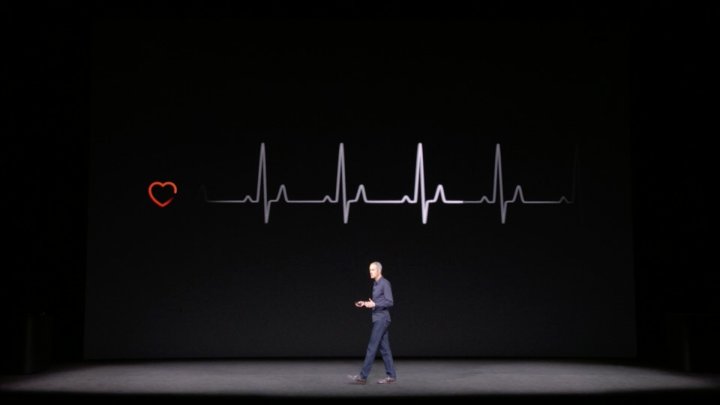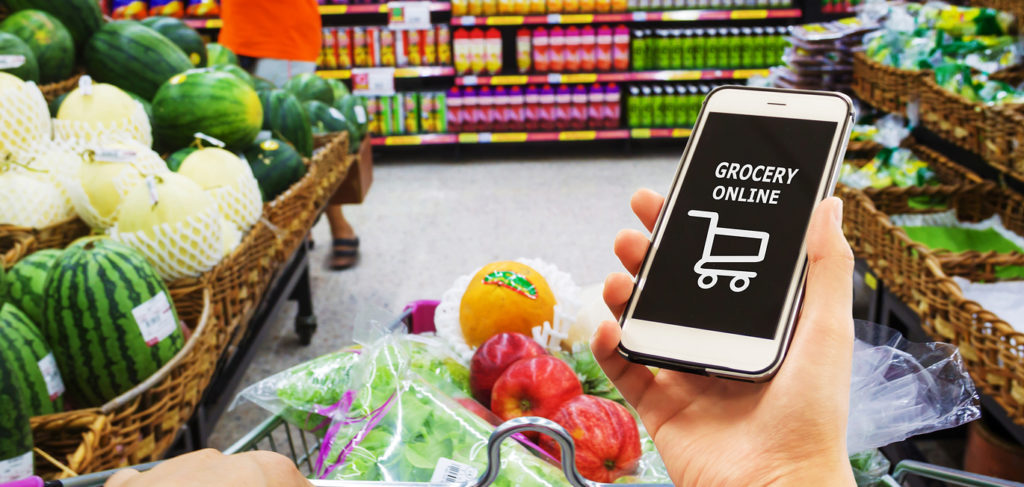When Apple released the Apple Watch in 2015 it was equipped with a build-in hearth rate sensor. This enabled the users to closely monitor their hearth rhythm during everyday activities. Originally, the Apple watch used the collected data to estimate activity and to calculate calories burned. Recently, Apple announced the they will be extending health-monitoring features of their Watch line with a focus on the heart.
First, Apple will make enhancements to their Hearth Rate App to give the user a closer look at how their hearth is behaving. Measurements like resting hearth rate and recovery hearth rate should give the user a better understanding of their fitness.
Second, Apple is introducing a notification feature. When the hearth rate sensor detects an unusually high hearth rate while the watch’s accelerometer does not detect any activity it will automatically send the user a notification. Regular occurrences can be a sign of bad fitness.
The third thing Apple is doing is focused on hearth rhythm. A regular hearth rhythm has a familiar pattern. However, it can occur that the heart is beating out of its usual rhythm. This is called an arrhythmia and this can cause major problems. The most common form of serious arrhythmia is Atrial Fibrillation, which effect 10s of millions of people and is the leading cause of a stroke. The problem with Atrial Fibrillation is that it is difficult to feel any symptoms and therefore often goes undiagnosed.
Apple is working on a feature to detect these kinds of arrhythmias and to notify the users. During Apple’s initial studies the Apple watch had been effective at surfacing these irregular rhythms. To further expand this study, it will be partnering with Stanford’s Medical School.
With adding these new features Apple wants to give their watch users a better understanding of their fitness and hearth rhythms, helping them live a healthier life and ultimately contribute to save lives.
The Apple Heart Study and new features will go live in the App Store later this year.
Sources:
https://www.cnbc.com/2017/09/11/apple-watch-caridac-arrhythmia-tests-stanford-american-well.html
https://www.engadget.com/2017/09/12/apple-watch-heart-rate-tracking-update/
http://med.stanford.edu/appleheartstudy.html
https://support.apple.com/en-la/HT204666


